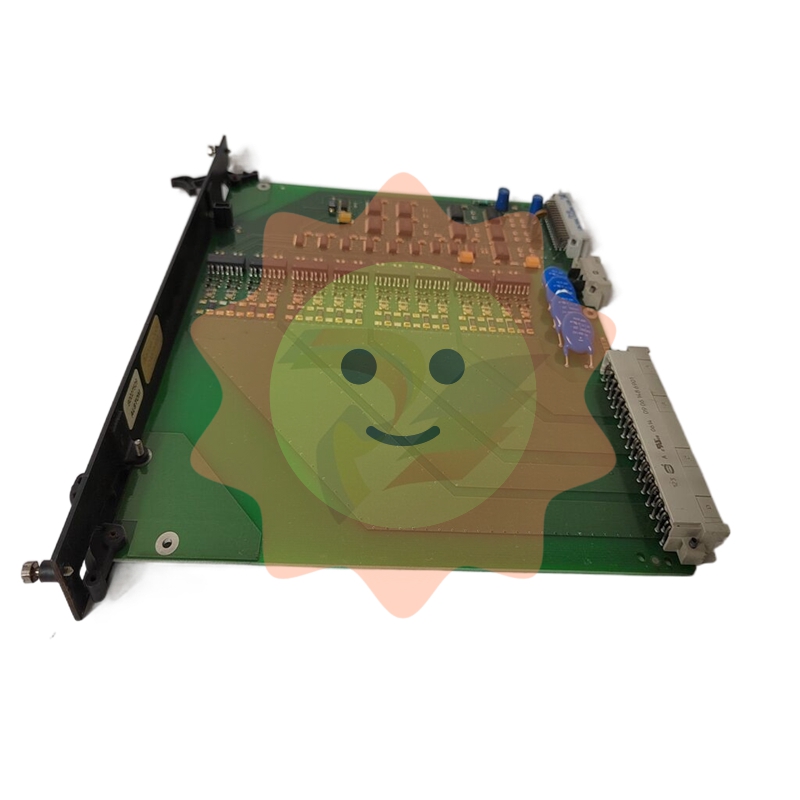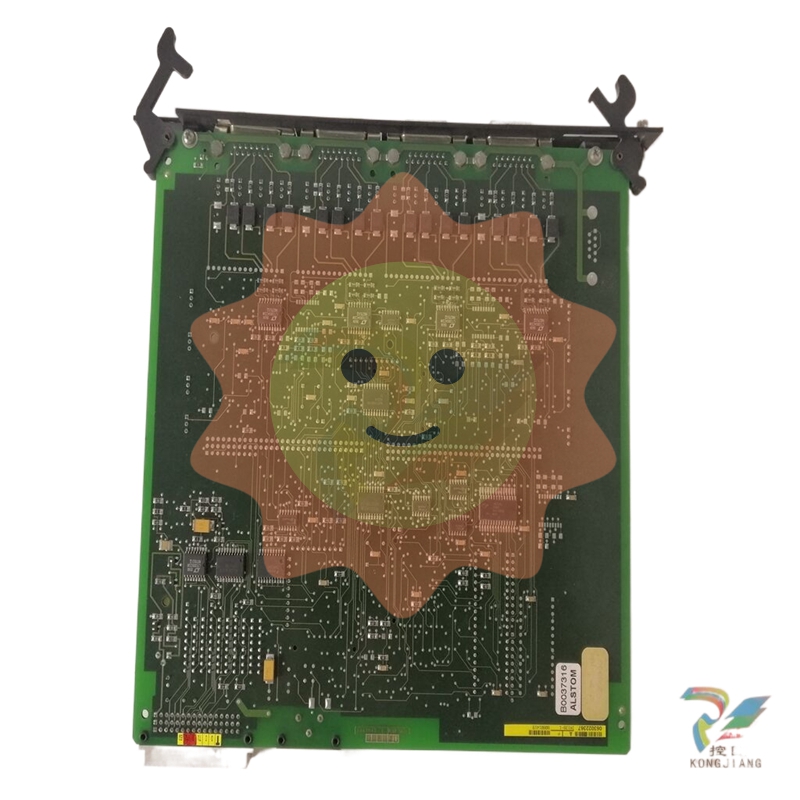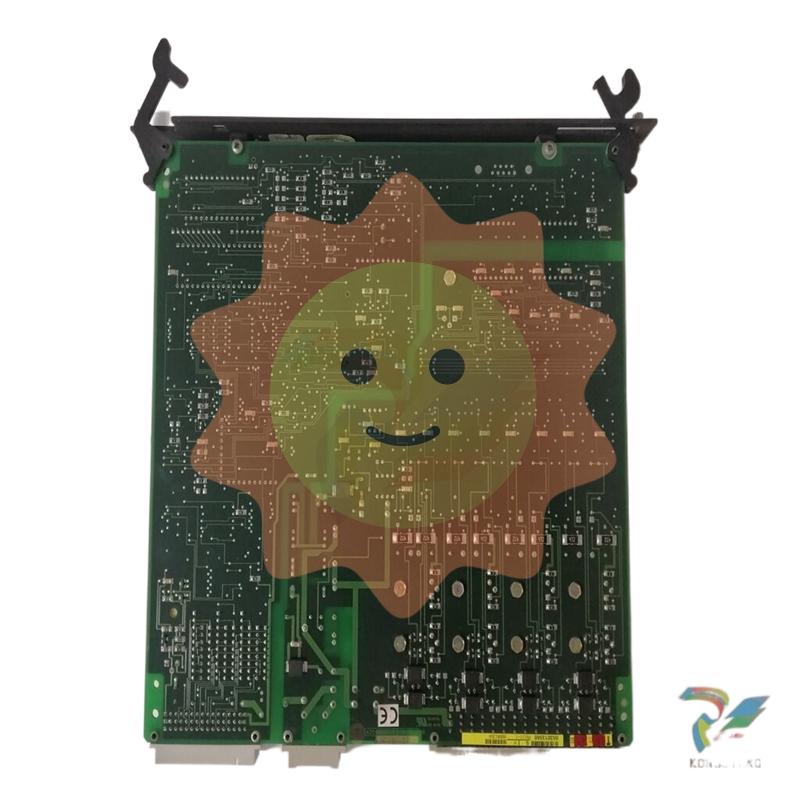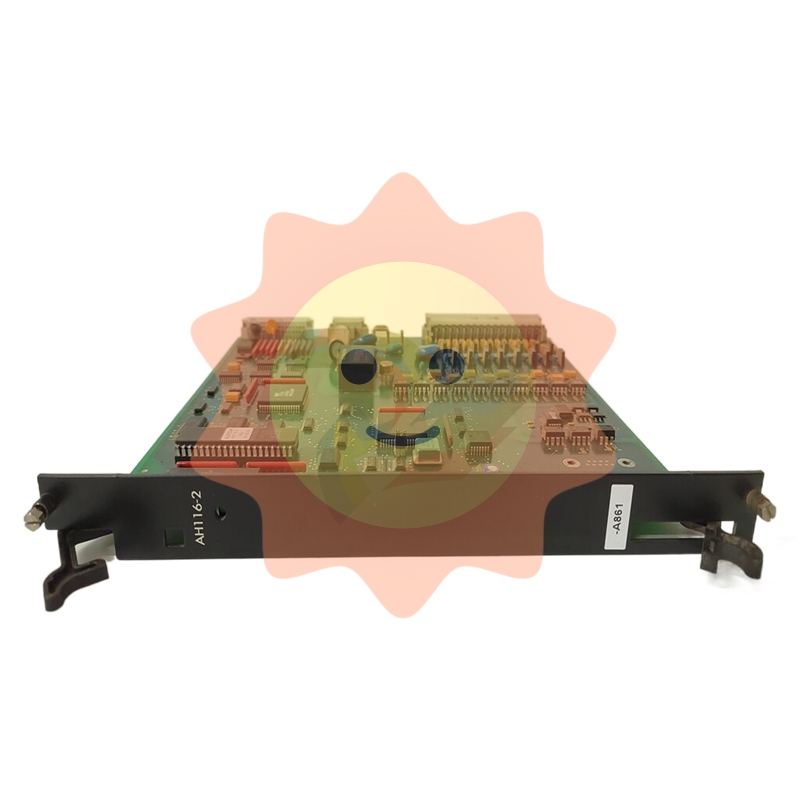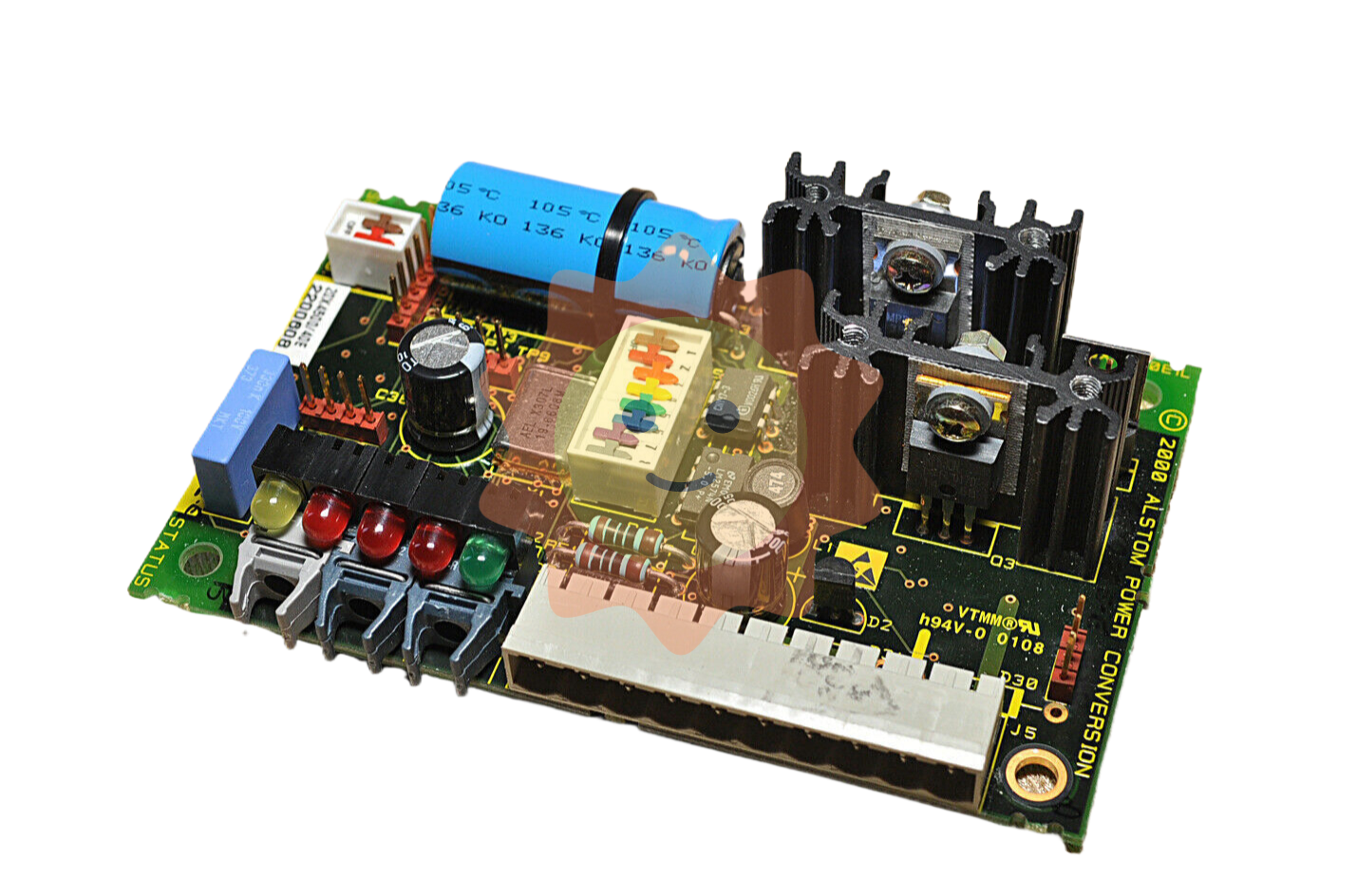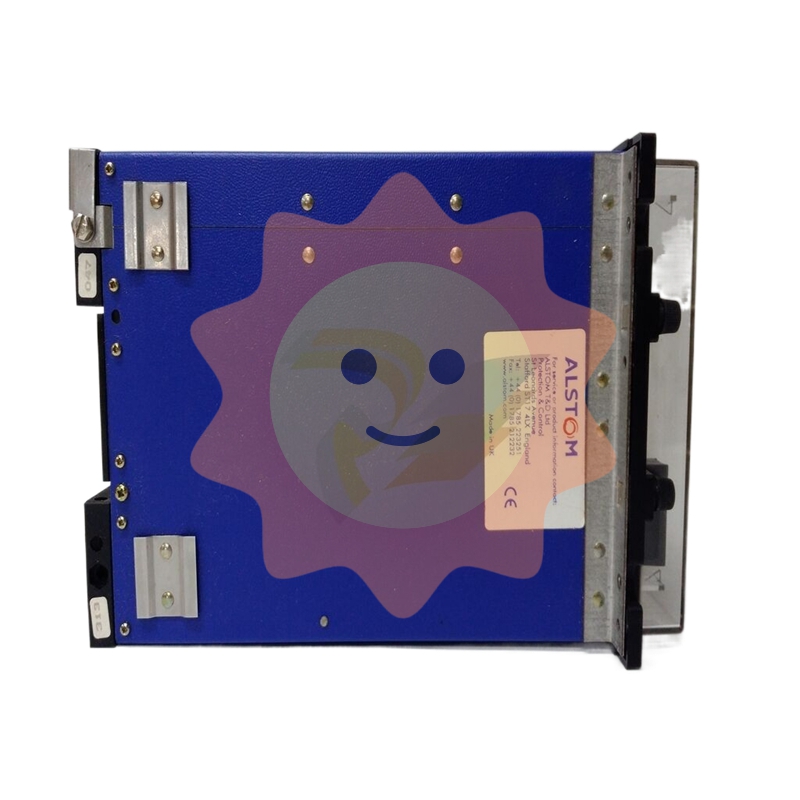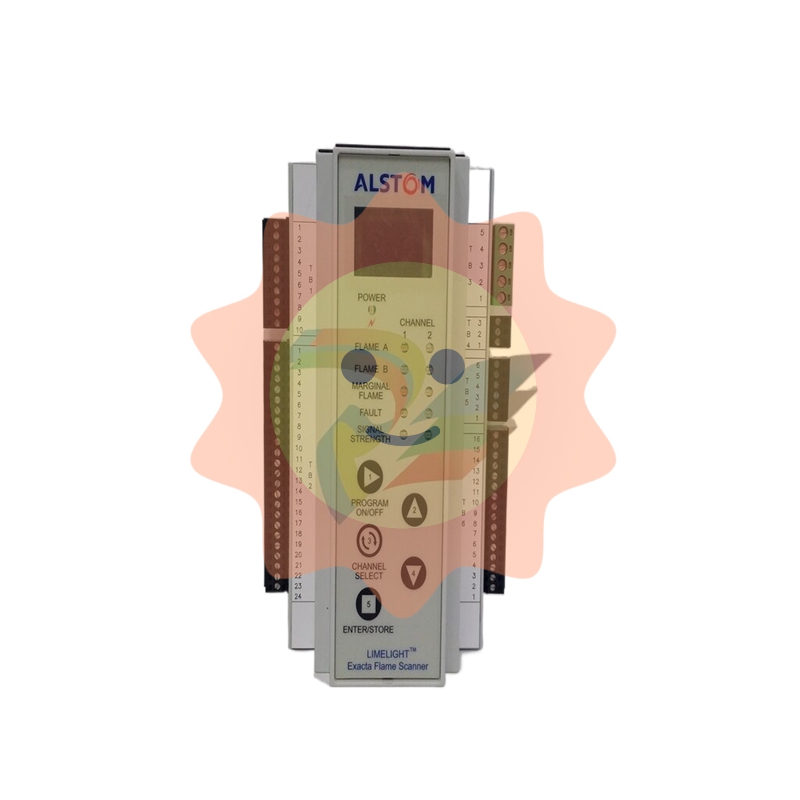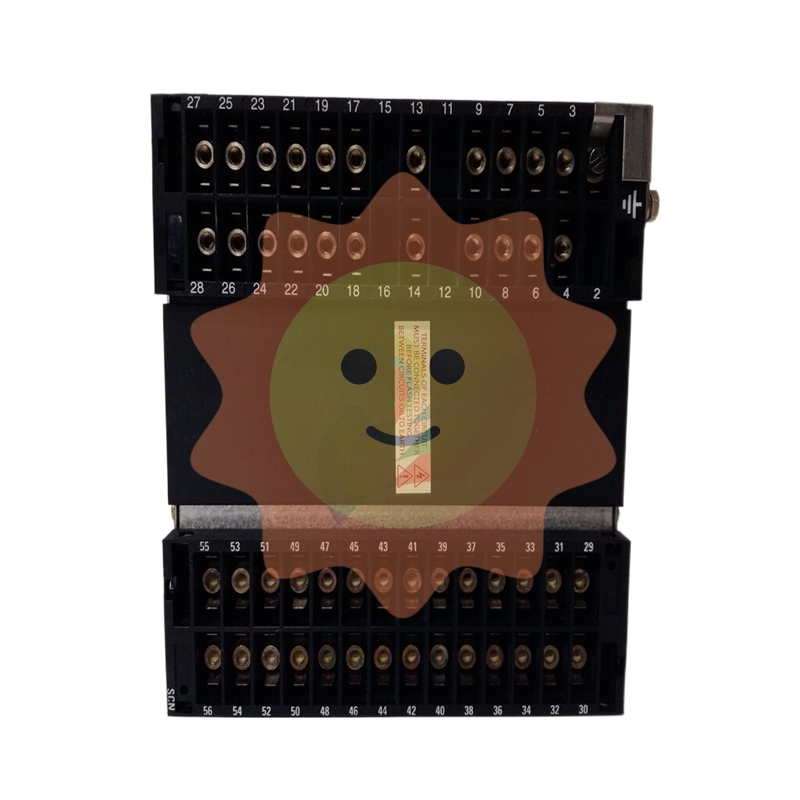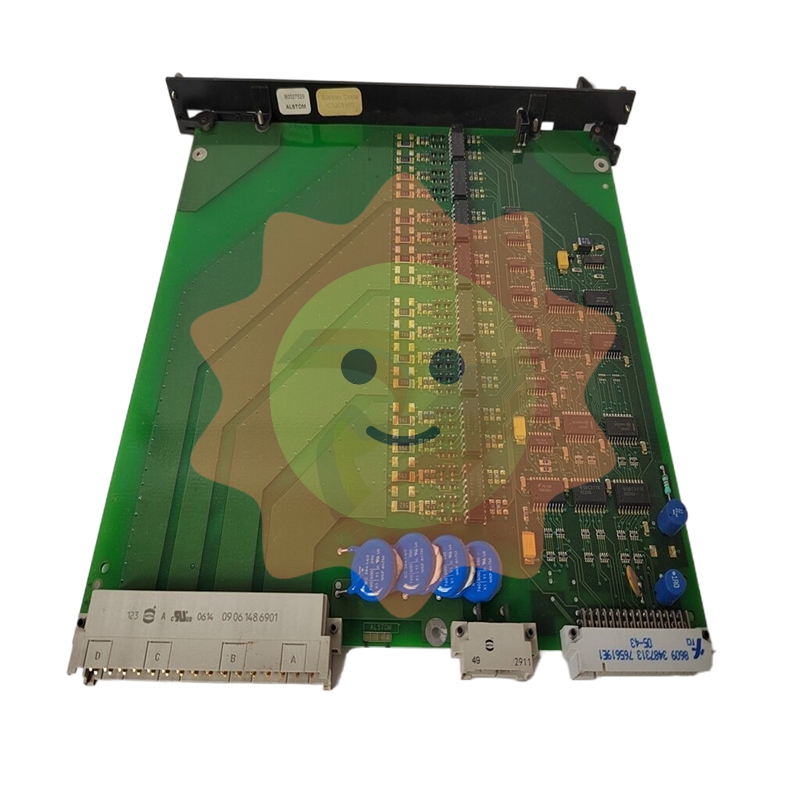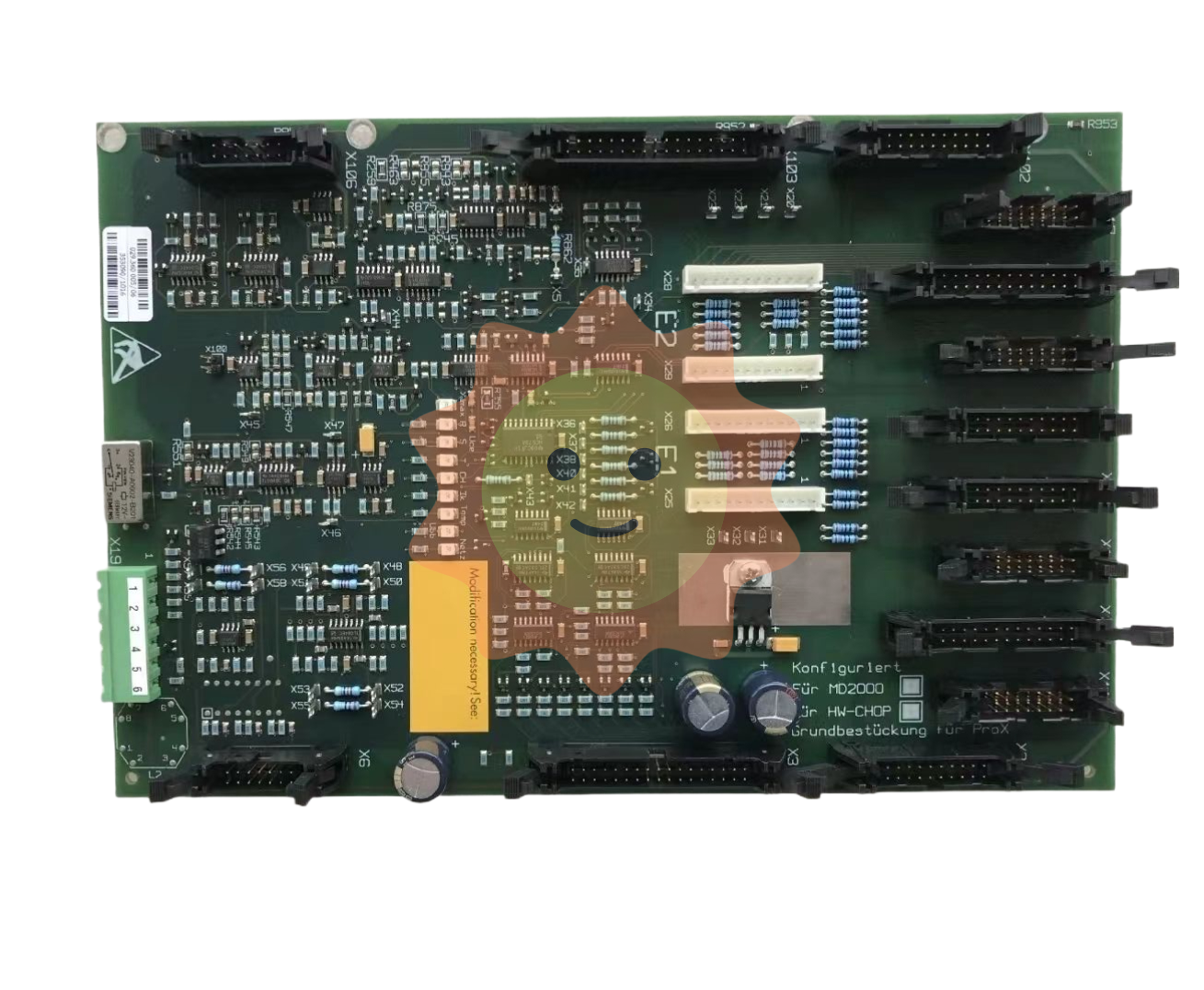The inflection point of prosperity is approaching, and polyester filament should be configured

The supply and demand of each single product in PX-PTA/ Glycol-polyester industry in chemical fiber industry are sorted out, and the prosperity of polyester filament is close to the inflection point. In the raw material side, 2020-2022 will be the peak of domestic PX, PTA and ethylene glycol production capacity, PX, PTA and ethylene glycol production growth rate of more than 20% in the next two years, polyester fiber growth rate of about 10%, are facing excess problems. That is, PSI-PTA and MEG prices close to the cost operation will become the norm, and the high probability of polyester filament price elasticity and super profits brought about by downstream recovery will be shared by polyester filament enterprises. 60% of China's textile and garment industry demand in the country, 40% of the overseas, domestic clothing retail sales + overseas textile and garment exports year-on-year growth since August has maintained positive growth for four consecutive months, because the inventory pressure is small relative to polyester filament boom with leading spandex prices have continued to rise, polyester filament itself is also off-season is not weak, Therefore, we believe that the prosperity of polyester filament has been close to the inflection point.
Investment logic
Reasonable valuation + prosperity close to the inflection point, actively optimistic about polyester filament investment opportunities. Polyester filament as the main fabric, lag spandex and other small chemical fibers to make price feedback on demand repair, valuation of high safety margin + boom is the key to the polyester filament target investment in 2021, the current downstream textile and apparel industry recovery has become increasingly clear signs of the start of the off-season is not weak price trend indicates that the inflection point is approaching, Therefore, we strongly recommend Tongkun shares and New Fengming.
First, China is already a chemical fiber power, polyester filament as a large single product industry chain status is low
(A) 40 years of trials and hardships, China has become the world's number one chemical fiber power
The full name of chemical fiber chemical fiber refers to natural or artificial synthetic polymer compounds as raw materials, through the preparation of spinning raw liquid, spinning and post-treatment and other processes produced with textile properties of the fiber, is widely used in people's clothing, food, housing and transportation in all aspects. In terms of raw materials, chemical fibers can be divided into man-made fibers and synthetic fibers. Artificial fiber is made of wood, bamboo, pulp, waste cotton yarn and other natural cellulose materials as raw materials, after polycondensation or polycondensation reaction to synthesize organic polymer compounds, products include viscose staple fiber, viscose filament and acetic acid filament; Synthetic fiber with oil, natural gas and coal as raw materials, through the complex chemical reaction synthesis of polymer, commonly used products include polyester, nylon, acrylic, spandex and so on.
The synthetic fiber is also focused on polyester (PET), and in the specific production and processing process, it is processed into fiber grade slices, bottle grade slices and film grade slices according to the needs of different downstream products. The downstream of polyester filament is mainly textile and clothing, a small part of filament is used in the industrial field, and the downstream of bottle and film is mainly in the packaging field. In 2019, according to the statistics of the China Chemical Fiber Industry Association, China's chemical fiber production was 58.27 million tons, synthetic fibers accounted for more than 90%, and polyester production was 47.81 million tons, accounting for 82% of the total fiber production, of which polyester filament production was 37.31 million tons, accounting for 64% of the total chemical fiber production. Generally speaking, the study of chemical fiber industry chain is based on the polyester industry chain, and the future investment opportunities are judged by analyzing the upstream and downstream supply and demand relationship.

After the reform and opening up, China's textile and garment industry has experienced a development process of continuous expansion of horizontal production capacity + vertical and upward extension of the industrial chain. After the 1980s, the global textile industry chain began to transfer to China, enterprises in the southeast coastal area rely on labor costs and manufacturing costs to complete the primary accumulation, cut into the polyester industry, rapid expansion of production capacity, at the beginning of the new century to become the world's first polyester production country. At that time, China's chemical fiber industry is large but not strong, upstream raw materials PTA, ethylene glycol need a large number of imports, industry profits are often cut by the upstream raw material enterprises. In the first decade of this century, a large number of foreign companies and private enterprises invested in the construction of PTA equipment, and PTA import dependence continued to decline. In the past decade, with the gradual maturity of coal chemical process and the rise of civilian refining, the domestic ethylene glycol and PX industries are about to complete the process of continuous improvement of PTA self-sufficiency rate.
- EMERSON
- Honeywell
- CTI
- Rolls-Royce
- General Electric
- Woodward
- Yaskawa
- xYCOM
- Motorola
- Siemens
- Rockwell
- ABB
- B&R
- HIMA
- Construction site
- electricity
- Automobile market
- PLC
- DCS
- Motor drivers
- VSD
- Implications
- cement
- CO2
- CEM
- methane
- Artificial intelligence
- Titanic
- Solar energy
- Hydrogen fuel cell
- Hydrogen and fuel cells
- Hydrogen and oxygen fuel cells
- tyre
- Chemical fiber
- dynamo
- corpuscle
- Pulp and paper
- printing
- fossil
- FANUC
- Food and beverage
- Life science
- Sewage treatment
- Personal care
- electricity
- boats
- infrastructure
- Automobile industry
- metallurgy
- Nuclear power generation
- Geothermal power generation
- Water and wastewater
- Infrastructure construction
- Mine hazard
- steel
- papermaking
- Natural gas industry
- Infrastructure construction
- Power and energy
- Rubber and plastic
- Renewable energy
- pharmacy
- mining
- Plastic industry
- Schneider
- Kongsberg
- NI
- Wind energy
- International petroleum
- International new energy network
- gas
- WATLOW
- ProSoft
- SEW
- wind
- ADVANCED
- Reliance
- YOKOGAWA
- TRICONEX
- FOXBORO
- METSO
- MAN
- Advantest
- ADVANCED
- ALSTOM
- Control Wave
- AB
- AMAT
- STUDER
- KONGSBERG
- MOTOROLA
- DANAHER MOTION
- Bentley
- Galil
- EATON
- MOLEX
- Triconex
- DEIF
- B&W


email:1583694102@qq.com
wang@kongjiangauto.com

